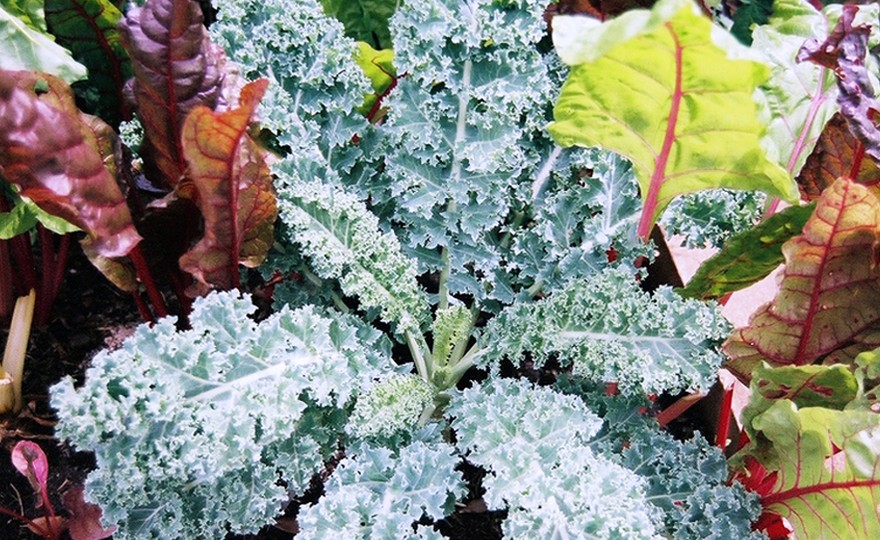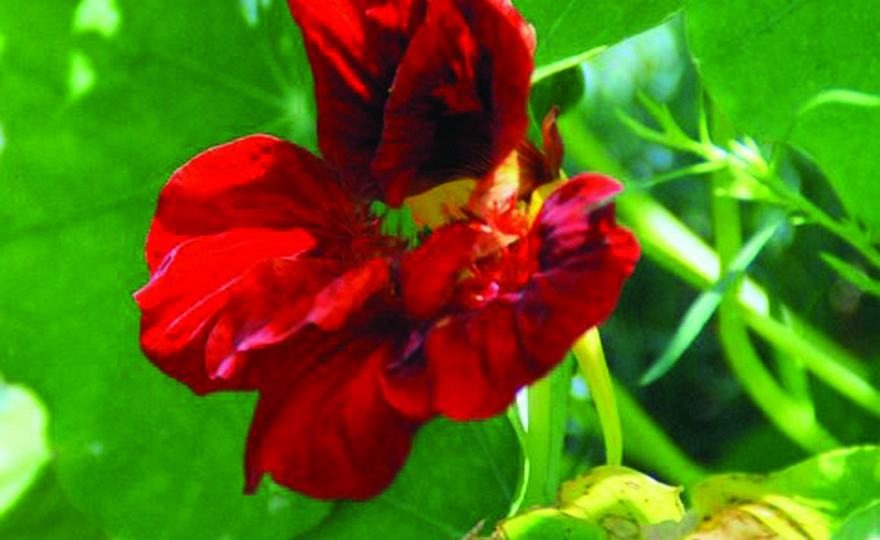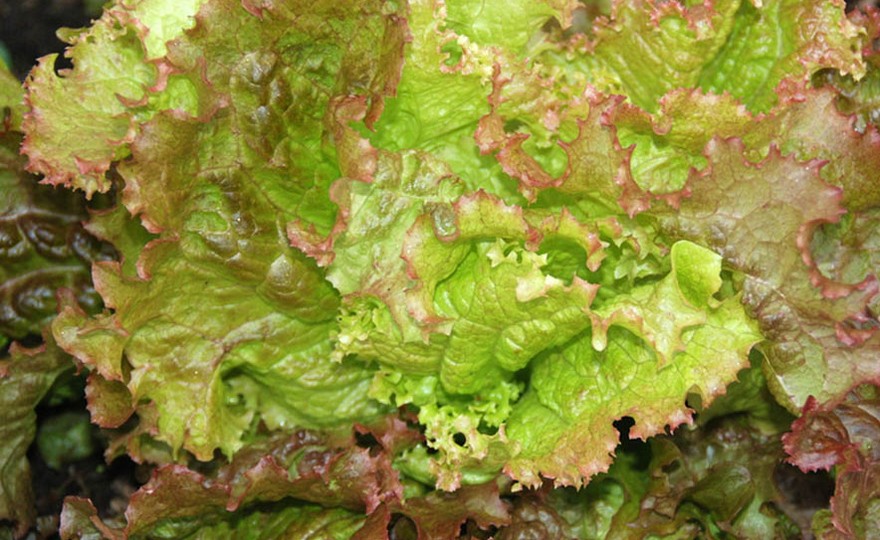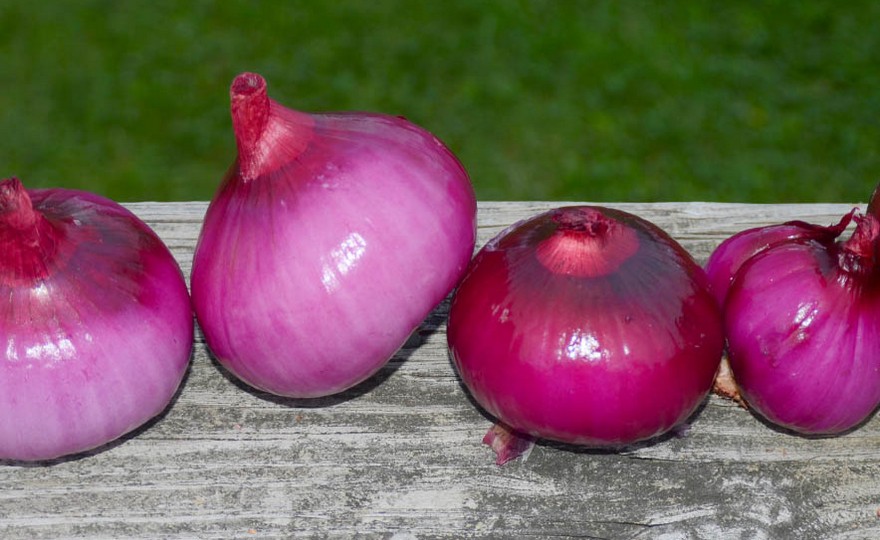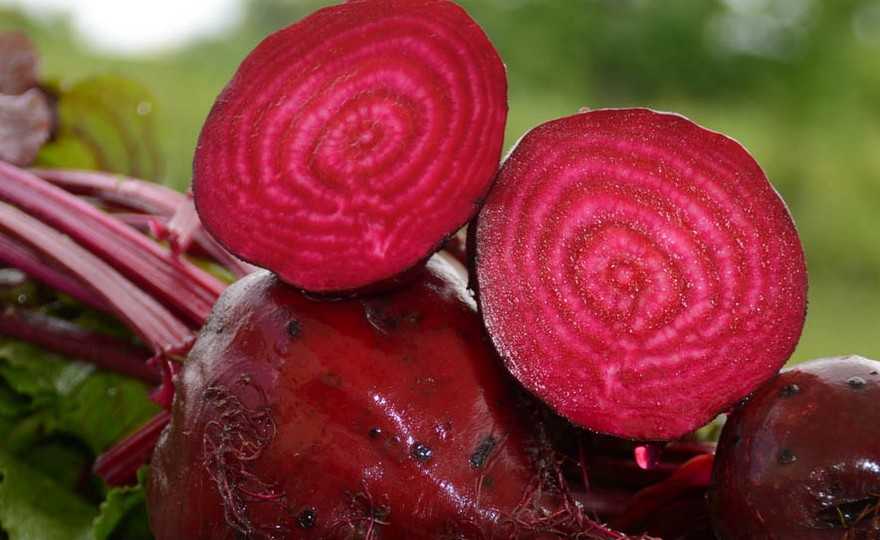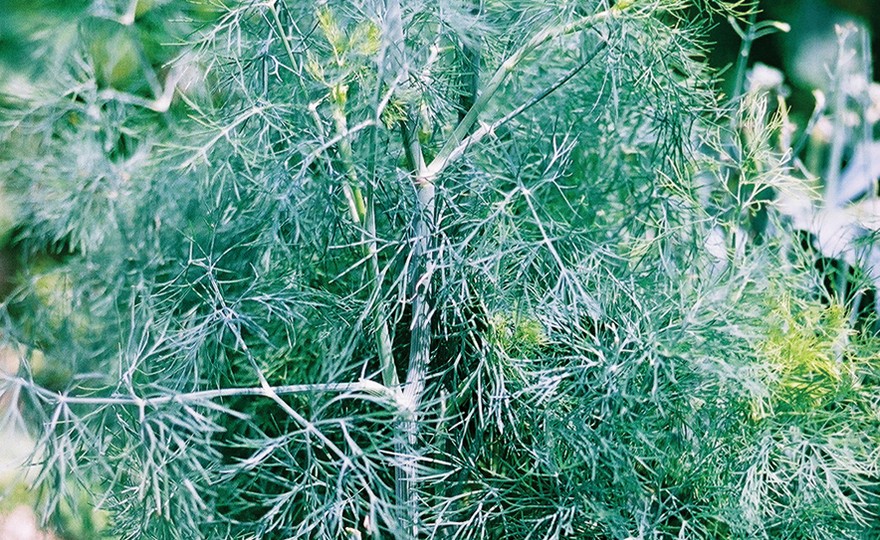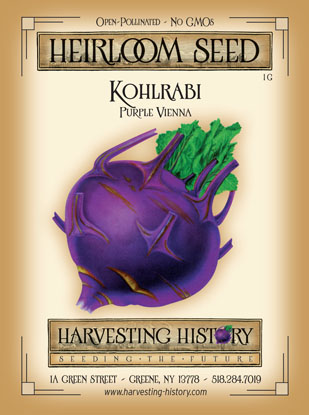
Kohlrabi, Purple Vienna
-
- **SOLD OUT** HOLIDAY GIFTS **SOLD OUT**
- **SOLD OUT** Holiday Books **SOLD OUT**
- **SOLD OUT** Holiday Citrus **SOLD OUT**
- **SOLD OUT** Holiday Gift Certificates **SOLD OUT**
- **SOLD OUT** Holiday Paperwhites **SOLD OUT**
- **SOLD OUT** Holiday Praying Mantis Kits **SOLD OUT**
- **SOLD OUT** Holiday Tools **SOLD OUT**
- **SOLD OUT** Holiday Wildflower Mixtures **SOLD OUT**
- Citrus Trees
- **SOLD OUT** - Vegetable and Herb Plants - Mix & Match any 6 Plants for $50 - Only Shipped in Quantities of 6
- Elephant Ear Plants & Roots
- **SOLD OUT** 4-Inch Pot Herb Plants **SOLD OUT**
- Rare Plants
- **SOLD OUT** Vining Plants **SOLD OUT**
- Asian Seeds
- Beneficial Bugs
- Books
- Citrus Fertilizers
- Cold-Treated Bulbs - SEE BULBS FOR FALL PLANTING TO ORDER
- Cold-Treated Allium
- Cold-Treated Chionodoxa
- Cold-Treated Crocus
- Cold-Treated Hyacinthoides
- Cold-Treated Hyacinthus Orientalis
- Cold-Treated Narcissus
- Cold-Treated Cyclamineus Narcissus
- Cold-Treated Double Heirloom Narcissus
- Cold-Treated Jonquilla Narcissus
- Cold-Treated Large Cupped Narcissus
- Cold-Treated Poeticus Narcissus
- Cold-Treated Small Cupped Narcissus
- Cold-Treated Species Miniature Narcissus
- Cold-Treated Split Cupped Narcissus
- Cold-Treated Tazetta Narcissus
- Cold-Treated Triandus Narcissus
- Cold-Treated Trumpet Daffodils
- Cold-Treated Ornithogalum
- Cold-Treated Rock Garden Iris
- Cold-Treated Scilla
- Cold-Treated Tulips
- Cold-Treated Emperor Tulips
- Cold-Treated Fringed Tulips
- Cold-Treated Green or Viridiflora Tulips
- Cold-Treated Lily Flowering Tulips
- Cold-Treated Parrot Tulips
- Cold-Treated Peony Flowering Tulips
- Cold-Treated Single Early Tulips
- Cold-Treated Single Late Tulips
- Cold-Treated Species Tulips
- Cold-Treated Triumph Tulips
- Flower Bulbs, Corms and Tubers
- Bulbs for Spring Planting
- Bulbs for Fall Planting - ALL BULBS AVAILABLE ARE COLD TREATED FOR PLANTING AS SOON AS SOIL CAN BE WORKED
- Fall Blooming Bulbs
- Garden Tools & Equipment
- Gift Certificates
- HHH Exclusive Wildflower Mixtures
- Wildflower Mixtures
- Heirloom Garlic
- Potatoes
- Roots & Sets
- Seeds
- Flowers
- Herbs
- Vegetables
- **SOLD OUT** HOLIDAY GIFTS **SOLD OUT**
-
- No products to compare
-
74 in stock
Quick Overview
KOHLRABI, Purple Vienna –
Brassica oleracea var. gongylodes
FULL SUN Native to Europe and possibly parts of Asia, kohlrabi was first cultivated by the Italians in the 1500s. Sometime during the 1600s-1700s the vegetable made it to the US. Purple Vienna is the earliest and sweetest of the varieties. The unearthly looking plants are 10-12 in. tall with reddish purple, bulbous roots that grow on top of the soil. Roots are best harvested young (2 in. diameter). Leaves can also be eaten. Kohlrabi thrives in cool weather. It can be sown in the early spring for a summer crop. In the spring, plant as soon as the ground can be worked. It can be sown in mid-summer and harvested throughout the fall and early winter. Soil should be deeply spaded before planting. Rows should be 12-18 in. apart. When seedlings are 2 in. high, thin, leaving 6-8 in. between plants. Adding lime to the soil before planting will sweeten kohlrabi.
| Type | Spacing | Planting Depth | Days to Germination | Maturity |
| Kohlrabi | 6-8 in. | 1 in. | 10-14 | 65 |

Kohlrabi, Purple Vienna
Kohlrabi is yet another member of the ubiquitous brassica family which includes cabbage, kale, collards, turnips, rutabagas, broccoli, Brussels sprouts and cauliflower. Kohlrabi and Brussels sprouts are probably the only commonly known vegetables of northern European origin. Kohlrabi apparently developed from the marrow cabbage a wild form of cabbage which frequently grows on the English channel coast, in European coastal regions and on the Spanish penninsula. The marrow cabbage is a non-heading plant with a thick succulent stem. The first written record of kohlrabi was in 1554 by the botanist Matthiolus who wrote of the plant that it had “come lately into Italy”. By the end of the 16th century, kohlrabi was being grown in Germany, England, Italy, Spain, Tripoli and the eastern Mediterranean. There is no record of how the plant got to the Americas, but Bernard McMahon discusses it in 1806. The plant has sometimes been called the “stem turnip”. The name kohlrabi derives from German and means cabbage turnip.


